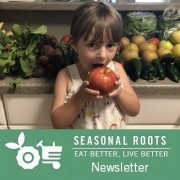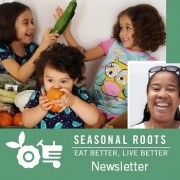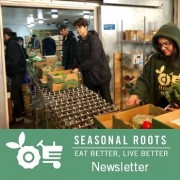Legacy Roasting brews up coffee with a conscience
– By the Veggie Fairy Team
Want to feel good about your cup o’ joe? Make sure it’s sustainably and responsibly sourced.
One way to do that is to look for the certified Fair Trade label. Fair trade coffee means the coffee beans were sustainably grown by small-scale family farmers who got a fair deal.
Another way to make sure it’s responsibly and sustainably sourced is to know your coffee roaster. The only way you can know them is if they’re local. Here at Seasonal Roots, our Farmer Connector Sam knows all the local coffee roasters in our home-delivered farmers market. As a result, we know they’re committed to using beans that were grown and traded in a way that’s good for the environment and the people who do the farming.

The newest local coffee roaster in our market is Legacy Roasting in historic Hopewell, Va. That’s Larry of Legacy Roasting on the right with a longtime member of our market family, Jolly Roasters. We talked with Larry of Legacy Roasting, so you can get to know one of your local coffee roasters, too!
VEGGIE FAIRY:
How’d you get started in the coffee business?
LARRY:
I always knew I wanted to own my own business. I just wasn’t sure what kind of business I wanted to run. When I was in college at VCU studying business, I really liked going to my local coffee shop, and I thought, “This would be cool to own but I don’t know what it takes to own one.” So I started The Java Blog. I’d give coffee shops reviews in exchange for letting me pick their brain. Pretty soon I knew this was what I wanted to do, but I didn’t have the $30,000 to $40,000 that it would take to open one.
VEGGIE FAIRY:
So how did you get around the startup money obstacle?
LARRY:
Well, about that time I reconnected with my old friend Josh. We hadn’t talked since third grade. It turned out he was the roast master at a well-known local roaster in Richmond but he had to step away due to his health. I had the business knowledge and I wanted a shop, and Josh had the production know-how and wanted a coffee roasting operation. Together we had it all covered. So four years ago we just started small. We bought a small coffee roaster — just the machine, not a whole company! — and set up our operation in my parents’ garage in Cheseterfield.

We sold our coffee at farmers markets…

…and we did the roasting in the backyard, even in the winter. One time, Josh says, “Larry, it’s starting to snow,” and I go, “We gotta power through it!” Eventually Josh had to step away, but my dad joined the operation and now we’re truly a family business.
VEGGIE FAIRY:
When did you make the move to Hopewell? And why Hopewell?
LARRY:
We wanted to find a community where we could make a positive impact. Hopewell is the oldest surviving English settlement in the U.S. It’s been there since the 1600s. There’s a lot of history there but it’s been economically overlooked. The nearest coffee roaster, for example, is 30 miles away. So we found our niche. In 2017 I signed a lease in a historic brick building downtown and became the first local coffee roaster in Hopewell’s history.

VEGGIE FAIRY:
What does it mean to you to be a business owner in this community?
LARRY:
For me, coffee is just a segue to supporting the community. For example, we’re exploring starting an internship program on how to build and run a business. There’s definitely interest — this past summer Pathways.VA toured our roasting facility. It’s a faith-based non-profit that’s doing cool things for the community. It was really fun to hear everyone’s passions and the businesses they are working to build.

VEGGIE FAIRY:
So tell us about your coffee!
LARRY:
We are passionate about coffee! Everything we do is specialty grade coffee that comes from cool places. We have a couple single origin coffees and also blends. We use quite a few certified fair trade and organic beans, and some shade grown as well. Most commercial growing operations are out in open fields where everything grows faster in the sun and they can make more money. But nature actually intended for coffee to grow in the shade. It grows slower and has time to develop more flavor.

Our latest blend is Wonder City, which is named after Hopewell’s nickname. It’s a three-bean blend: Brazil Santos, fair trade organic Honduras, and organic Mexico. Another thing about us is that we can customize. Most roasters are doing 30-to-60-pound batch roasts and can’t customize for you. My roasting drum does from two to six pounds. So I can customize based on what a person is interested in tasting. It all starts with a conversation about what they’re looking for.
*
We’re welcoming Larry’s Legacy Roasting to our market this weekend, starting with 2 oz bags of Wonder City. Look for it in the Extras section. It’s part of our commitment to bringing you food that’s good for you and the planet from people you know. To learn more, visit the Legacy Roasting website, and check it out on Facebook and Instagram.

We’ll let Larry have the last word. Here’s what he said on Instagram once:
“I believe coffee has the potential to start open and honest communication. Let’s be real, coffee is the fuel that gets a lot of people started in the day. Due to the impact of coffee, I wanted to be apart of a local community hungry for change using something that positively impacts people. For this reason, I am proud to call Hopewell and the RVA community just that… my home. We are a community of creative, passionate, and just plain awesome people. Plain and simple I believe coffee has the ability to foster a legacy within a community. Will you choose to be a part of that positive change?”

ABOUT SEASONAL ROOTS
Since 2011, Seasonal Roots’ online farmers market has connected Virginia families with local family farmers who use sustainable, humane practices. Our veggie fairies – mostly moms who believe in living better through scrumptious, healthy eating, being kind to animals, protecting the environment, and spreading joy – home-deliver freshly harvested produce, pastured eggs, grassfed dairy and meat, plus artisan fare. We empower our members to eat better and live better with more nutritious, flavorful food that’s good for us and good for the planet. More info at seasonalroots.com.
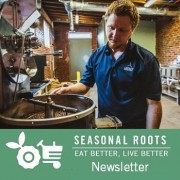


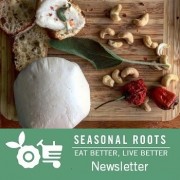


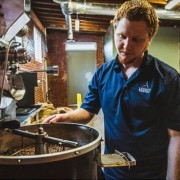








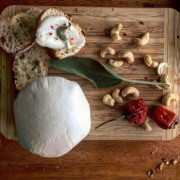






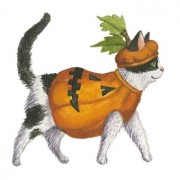
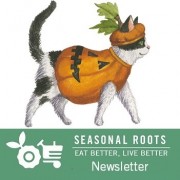


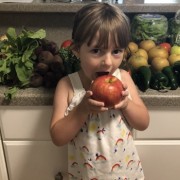
 – By Morgan P, veggie fairy & neighborhood Market Manager in Virginia Beach
– By Morgan P, veggie fairy & neighborhood Market Manager in Virginia Beach